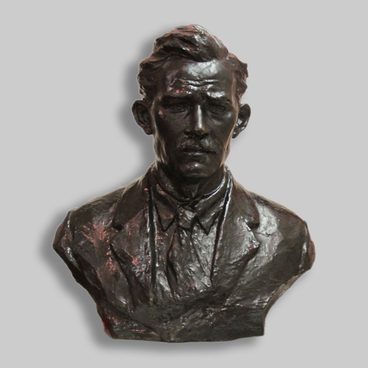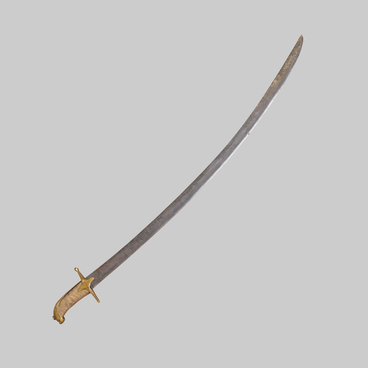In the Bronze Age, tribes came to the territory of the modern Bashkir Ural region — they were of the Abashev culture, which got its name from the first burial ground, explored in 1925 near the village of Abashevo in the Chuvash Republic. In the Bashkir Urals, archaeologists have identified and investigated more than 30 Abashevsk settlements. All of them are located on low terraces above the floodplain and cover a large area.
Analysis of bone remains from the settlements of the Abashev culture shows that hunting and fishing did not play a significant role in their economy. All this brought researchers to the conclusion that the ‘Abashevites’ remained mainly cattle breeders. Here, in the settlements, in special rooms there were smelting and foundry workshops. Traces of such a workshop with two fireplaces, around which fragments of clay melting bowls — crucibles, casting molds, and pieces of copper slag were found and studied in large numbers at Beregovsky 1 and other settlements.
In their appearance, the Abashevo burial grounds are Kurgan necropolises, consisting of earthen embankments. Each such kurgan contains 1 to 3 graves. 4 tribal groups can be distinguished by the design of the kurgans. One of them buried their dead under simple round or oval earthen mounds. Another group, at the base of the kurgans, built circular enclosures of flat stone slabs, vertically dug into the ground. The third, surrounded the kurgans with a fence made of vertically dug pillars, and the fourth with a narrow and shallow ditch.
In the Tuymazinsky district of the Republic of Bashkortostan in 1955, the Metev-Tamak burial ground and a parking lot were opened. The burial ground is located on the territory of the village of Metevtamak. It was discovered when digging a ditch for the laying of a water pipe and is partially destroyed. The remains of five skeletons were found, with fragments of clay vessels, bronze and bone objects.
In the same year, archaeologists investigated the monument and put together a collection, which included an ornamented ribbed vessel with a lid, a bronze awl, a knife and rosette pendants. Four more graves were also excavated there, where many different things were found: vessels, bronze knives, bracelets, beads, rings, a hook, bone arrowheads. The vessels are made of clay with an admixture of crushed shells and are covered with intricate ornamentation, which includes a carved herringbone, pits, shaded rhombuses, and narrow triangles.
Analysis of bone remains from the settlements of the Abashev culture shows that hunting and fishing did not play a significant role in their economy. All this brought researchers to the conclusion that the ‘Abashevites’ remained mainly cattle breeders. Here, in the settlements, in special rooms there were smelting and foundry workshops. Traces of such a workshop with two fireplaces, around which fragments of clay melting bowls — crucibles, casting molds, and pieces of copper slag were found and studied in large numbers at Beregovsky 1 and other settlements.
In their appearance, the Abashevo burial grounds are Kurgan necropolises, consisting of earthen embankments. Each such kurgan contains 1 to 3 graves. 4 tribal groups can be distinguished by the design of the kurgans. One of them buried their dead under simple round or oval earthen mounds. Another group, at the base of the kurgans, built circular enclosures of flat stone slabs, vertically dug into the ground. The third, surrounded the kurgans with a fence made of vertically dug pillars, and the fourth with a narrow and shallow ditch.
In the Tuymazinsky district of the Republic of Bashkortostan in 1955, the Metev-Tamak burial ground and a parking lot were opened. The burial ground is located on the territory of the village of Metevtamak. It was discovered when digging a ditch for the laying of a water pipe and is partially destroyed. The remains of five skeletons were found, with fragments of clay vessels, bronze and bone objects.
In the same year, archaeologists investigated the monument and put together a collection, which included an ornamented ribbed vessel with a lid, a bronze awl, a knife and rosette pendants. Four more graves were also excavated there, where many different things were found: vessels, bronze knives, bracelets, beads, rings, a hook, bone arrowheads. The vessels are made of clay with an admixture of crushed shells and are covered with intricate ornamentation, which includes a carved herringbone, pits, shaded rhombuses, and narrow triangles.



